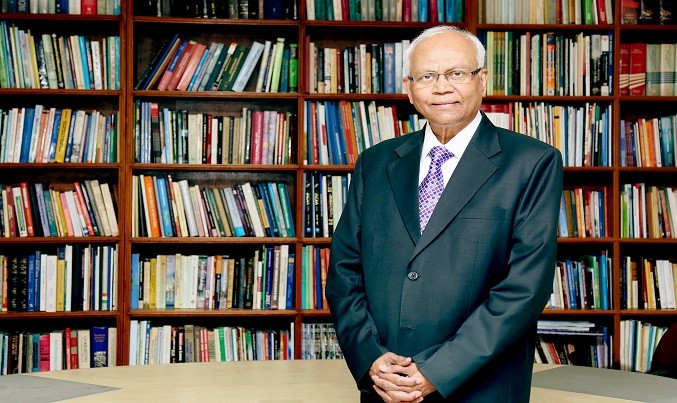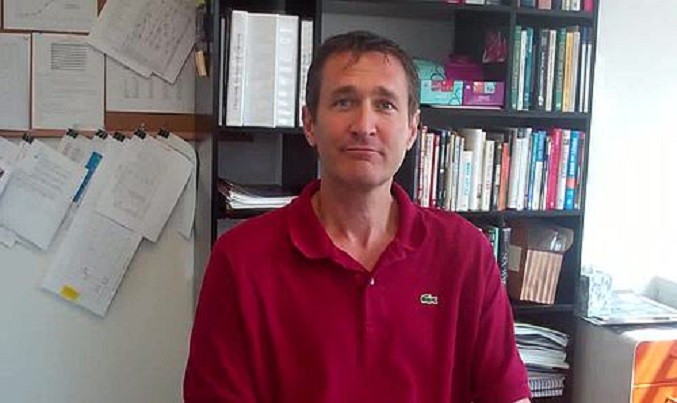People. Planet. Profit. It has always been a balancing act to achieve all three sustainability pillars. Yet some asian cities, against all odds, rise up to the occasion.
Among these is hong Kong, which ranked 16th among 100 of the world’s most sustainable cities under the inaugural arcadis Sustainable Cities Index. hong Kong, which consistently holds top spots for achieving the People and Planet factors, does particularly well on university education, life expectancy, business friendliness and green spaces, rivaled only by asian neighbors Singapore and South Korea.
Hong Kong took a big leap for sustainability when it formed the Council for Sustainable Development in 2003. But what other key lessons can other cities learn from asia’s most sustainable city? AsianNGO speaks with Christine Loh, Under Secretary for the Environment of Hong Kong, to find out.
What sets Hong Kong apart from other cities in the region?
We started relatively earlier in environmental protection in comparison with other Asian cities despite rapid development. Our density, efficient transport and nature conservation efforts helped Hong Kong get on the path towards sustainability. But we are by no means there yet.
To be specific, Hong Kong is a small city with just over 1,000 sq. km. Only about 25 percent of the land is built-up, a tiny space that accommodates 7.3 million people.
We are also a high-rise city, where the bulk of the population live and work in tall buildings. For such a city to function each and every minute of the day, Hong Kong must have reliable electricity, water supply and sewerage systems. We also need to move people around the city very efficiently.
Our high-capacity public transport provides efficient mobility at a reasonable price. 40 percent of the land is made up of legally protected country parks and special areas, where very little development is allowed, which has helped protect our biodiversity. Since we are surrounded by water, we also have exceptional marine biodiversity.
What steps did Hong Kong take to become the sustainable city that it is today?
A range of environmental policies and legislation laid the foundation upon which we continue to improve our sustainability.
For example, Hong Kong passed laws in the 1970s to create and protect country parks; in the 1980s to control air and water pollution; and in the mid-1990s to create and protect marine parks. Our first subway line opened in 1979 and has been much expanded since. Since 1998, major development projects are required to go through environmental impact assessments.
For the past 25 years, there have been major programs to improve electricity and water supplies, drainage infrastructure and sewerage treatment that make our high-rise, extreme-density city work. Currently, we have major initiatives to reduce pollution from power generation, vehicles and ships.
We are also working hard on improving energy efficiency, including of buildings which consume about 90 percent of the electricity consumption in hong Kong, as well as decarbonizing our local electricity system as a part of our climate change program.
We also have major works underway to improve our waste management system since this is an area that we fall behind cities like Seoul, Taipei and Tokyo.
Hong Kong is among the few cities worldwide with a council dedicated to ensuring sustainable development. Why is having one important?
Sustainable development covers a wide spectrum of areas, and since the establishment of the Council for Sustainable Development in 2003, the concept of balancing economic growth with social and environmental sustainability has gradually seeped into Hong Kong’s policy deliberation.
Indeed, the political debates and conflicts over development may be said to reflect our efforts to arrive at the right balance. The council has helped the government engage stakeholders and the public on finding that balance.
The council was founded to help the government consider challenging issues, where the government is not yet ready to make final policy decisions. The council process researches the problem, engages stakeholders, consults the public and then advises the government on the way forward. The extensive and thorough engagement process definitely has an important awareness-raising function in society.
What other initiatives has the city government put into place?
The government has two funds that work on sustainability issues—the Sustainable Development Fund, and the Environment and Conservation Fund.
The Sustainable Development Fund was established with hK$100 million (about US$12.8 million) in 2003 to support initiatives for enhancing public awareness of the concept of sustainable development and for encouraging sustainable practices in Hong Kong.
So far, a total of hK$64 million has been granted to 63 projects, undertaken by a wide range of bodies including NGOs, academic institutes to business chambers and more. These projects covered many interesting subjects such as advocating a culture of cherishing food resources, engaging industry practitioners to reduce carbon footprint in tourism and building a sustainable social network in an old district. Many of the projects involved stakeholder engagement, environmental awareness-building and corporate social responsibility.
The Environment and Conservation Fund is the larger of the two funds. Since its establishment in 1994 and up to the end June this year, it has funded over 5,000 educational initiatives, research projects, technology demonstration as well as other projects and activities in relation to environmental and conservation matters, which helps contribute to sustainable development.
How important are partnerships between governments and other sectors in promoting sustainable cities?
Partnerships are definitely very important to get things done. Beyond the council, we are also using engagement methods to deliberate over problems together with business and civil society. For example, we at the Environment Bureau are engaging stakeholders in the property development and property management sectors about green buildings and energy-saving measures. In addition, we have specific campaigns to raise public awareness such as the “Energy Saving for all” campaign.
In 2013, the government injected HK$5 billion in seed money to generate annual investment returns to support sustainability projects.
The challenge of climate change is so large that it is necessary to create many partnerships with key stakeholders in order to agree on the path for change sooner rather than later.
Another example where extensive engagement is needed is climate change. The first set of engagement is within the government itself since cross-departmental partnership is needed. I expect that we will do more and more engagements with nongovernment partners, too.
What new activities is the council focused on?
Last year, the council embarked upon an ambitious public education and engagement exercise for the promotion of the sustainable consumption of biological resources. Hong Kong is a wealthy city that is a large trading and tourism center which consumes a lot of resources, much of which is imported.
Hence, our ecological footprint may be said to extend well beyond our own borders. To engage the public in discussions about our consumption of biological resources, we started in late July some new conversations about how and why we should consume more sustainably.










